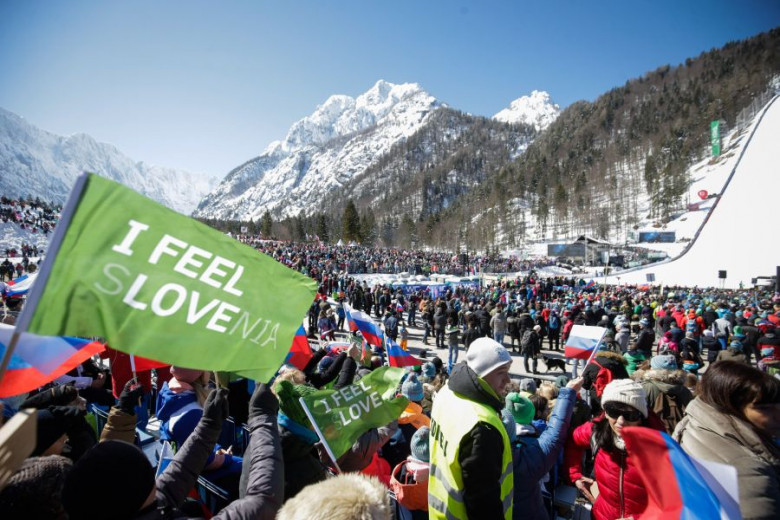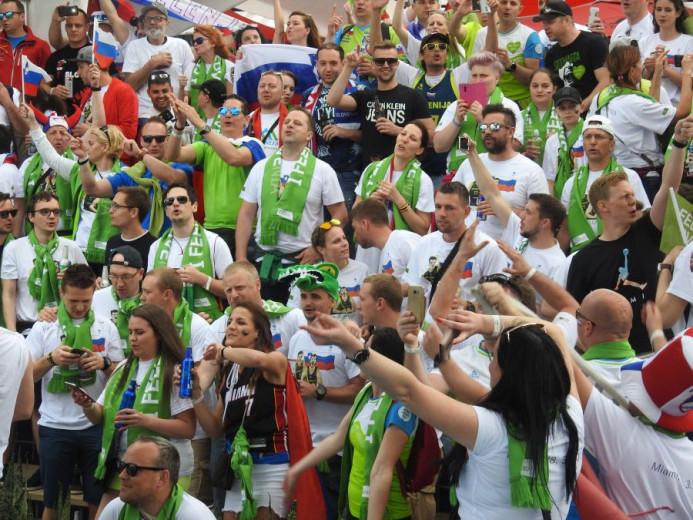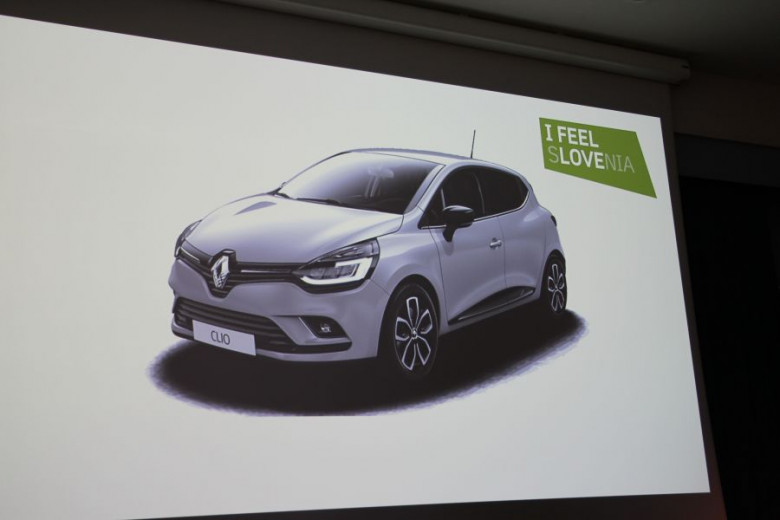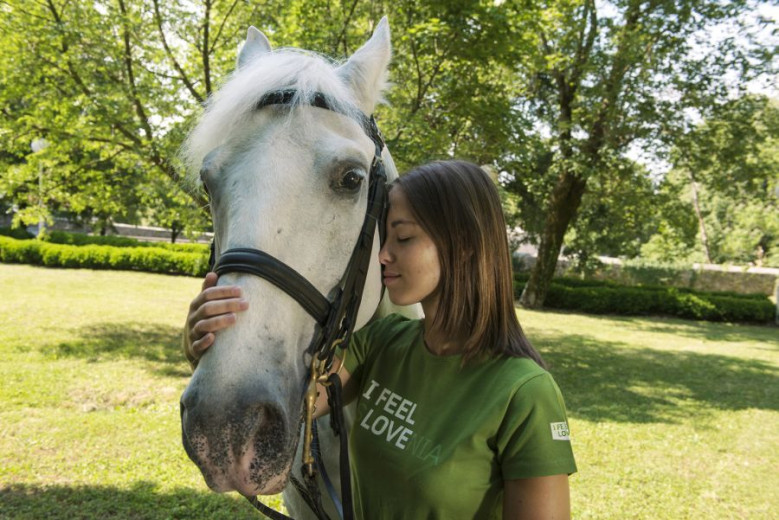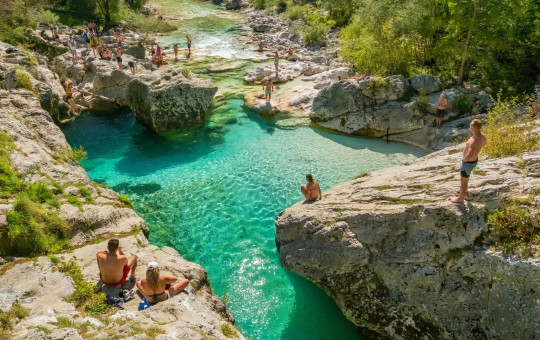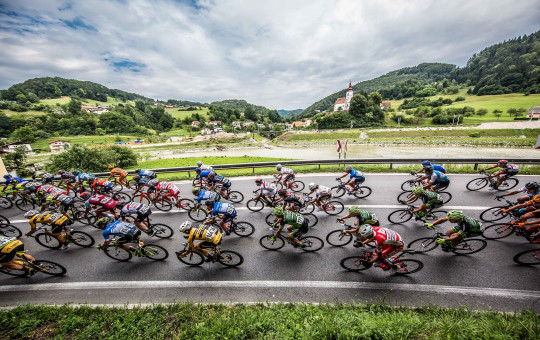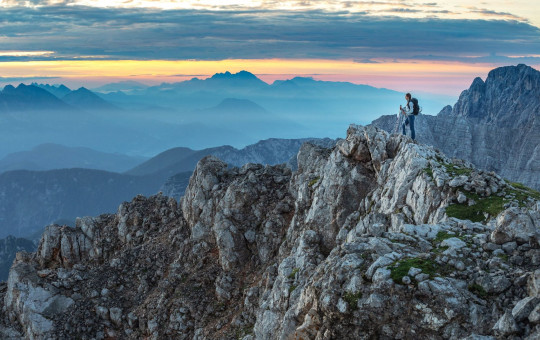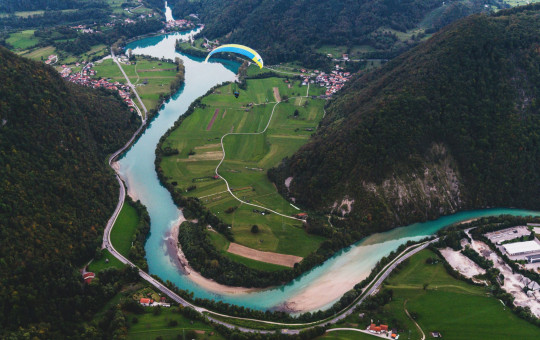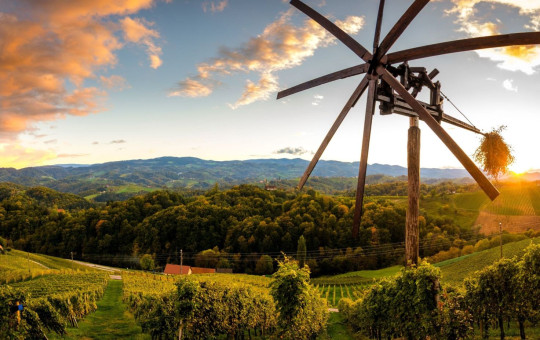There are many reasons why a country brand is important for one state or country, in a sense that is not "just" a destination point. A strong trademark is the best marketing tool for modern countries faced with increasing competition. And Slovenia needed a country brand.
We define a place’s image as the sum of beliefs, ideas and impressions that people have of a place. In Slovenia we wanted to show that our country is more than just an image. It is a place to feel and where you can feel. Emotions are here essential.
So we created a new brand - "I feel Slovenia". It is an emotional brand and this sets it apart from the brands of other countries.
In spite of the diversity and richness of Slovenia, the government noticed the lack of international recognition of the country that gained its independence in 1991 beyond neighboring regions. Starting in the early 1990s, several efforts in promotion with various logos, slogans and campaigns were made but failed to achieve significant changes. Indeed, the country continued to face challenges, including as a certain amount of ignorance and stereotypes due to its location in the Balkans, a tendency in foreigners to confuse Slovenia with Slovakia, and the lack of recognition of national symbols (e.g., renowned cities, commercial brands, national dishes and drinks).
Besides, these were mostly tourist brands. All efforts that one of these campaigns and logos would exceed the limits of tourism and develop into a general national brand somehow failed. Let’s have a look at the brands that marked Slovenia as a destination.
Slovenia, my homeland
It was the turbulent time at the end of the 1980's. Slovenia was still a part of the former Yugoslavia, but its aspirations for independence were becoming increasingly evident. Slovenia had become aware of the importance of its national promotion and of the value of the establishment of independent recognisability. In more ways than one, the "Slovenia, my homeland" campaign was exceptional and unrivalled, mainly due to the social and political context. It set the foundation for a uniform national brand.
The campaign enjoyed significant political support. Years later, the main promoters of the brand said that it was entirely inward-focused and much less recognisable beyond the borders of the then new country.
Reminiscing about this period, Slovenians still remember the linden leaf, which was a symbol of Slovenian tourism at the time.
The tourist slogans "Slovenia, my homeland" and "Tourism is People" marked the manner in which Slovenians viewed themselves. They strengthened national identity and self-confidence, thus transcending tourism.
A bouquet of colourful flowers
When the first Slovenian tourism forum was hosted in Bled in 1995, a bouquet of colourful flowers was selected as a symbol of Slovenian tourism for this occasion. It was accompanied by the slogan "The Green Piece of Europe".
The key advantages of the Slovenian tourist offer were based on the properties of the small, green, cultivated, and diverse country that has excellent tourist infrastructure, is hospitable, kind, and dynamic.
In December 2002, following a discussion focusing on the country as a brand, experts in tourism revealed that, as a country, Slovenia was not yet a brand.
Furthermore, marketing experts discovered that Slovenia has the potential to develop one such brand. A year later, the Slovenian Tourist Board, issued a call for tender to obtain offers for creative marketing communication concepts for increasing Slovenia’s recognisability.
Slovenia invigorates
The result of the tender was a comprehensive communication campaign entitled "Slovenia invigorates". This also marked the beginning of the first large-scale promotional campaign. Abroad, Slovenia wished to position itself as a country that surprises, invigorates, and enriches the European Union. The message and the slogan assumed the role of a position statement for tourism and the country: Slovenia invigorates.
The campaign’s objective was to enhance the positive attitude towards Slovenia. In addition to enhancing tourism, the campaign also attempted to raise the level of interest in Slovenia, its brand in the field of tourism, its culture, economy, and politics.
"Slovenia invigorates" was the first attempt to use a uniform slogan in all fields, not just in tourism. In 2006, this slogan made way for the brand and slogan "I feel Slovenia", which is still in use.
The "I feel Slovenia" brand
Believing that a strong trademark was the best marketing tool for modern countries faced with increased competition, the Government of Slovenia then decided to step out of the box and adopt a more holistic strategy to promoting the country.
It launched a public call in 2006 for a slogan and logotype that would best represent Slovenia and every citizens had the possibility to send a proposal.
The winning slogan was "I feel Slovenia" with a visual emphasis on the letters "love". Slovenia appears to be the only country in the world with "love" in its name.
A positioning based on such strong and positive emotion, with a resolute experiential element—one has to experiment and not just "learn about" what the country has to offer—resonated well with what Slovenia is about and what its population stands for.
The brand was developed with a goal to increase Slovenia’s competitiveness in different fields, not just tourism and destination branding, but also other industries, business, exports, culture, sports and so on. The brand was created by contributions of experts from different walks of life.
It is no coincidence that the brand’s slogan is I feel Slovenia: one cannot get to know Slovenia by simply viewing its image – one must feel and experience it – through words, sounds, colours, touch, action, and experience.
I feel Slovenia is today a recognizable brand, it is a story of success, of persistence and cooperation of different stakeholders.
Challenges do exist, one of them is how to maintain control, yet leave the natural flow of the brand and be open to different types of usage of the brand. In the future, the custodian will be focusing on introducing the brand in the various spheres of life. Ultimately, the Slovenian brand will also become more recognisable globally if it is consistently used by all those who love Slovenia.
Why Slovenia built national brand?
Slovenia started to build a new national brand when realized that:
- there was a poor recognisability of Slovenia as a country beyond the neighbouring regions.
- there was low acceptability of our country due to ignorance and stereotypes stemming from Slovenia’s location in Eastern Europe and the Balkans.
- there is an ever present tendency to confuse Slovenia with Slovakia.
- Slovenia has no national symbols recognized abroad (like towns, attractions, commercial brands, national dishes and drinks).
- Slovenian national insignia (flag and coat of arms) are not very recognizable abroad.
- Slovenia wanted to share the crucial message: It is a young, proactive in innovative country that is rich with untouched nature, fresh air, and pure water.
Date: 7. November 2019
Time to read: 3 min

